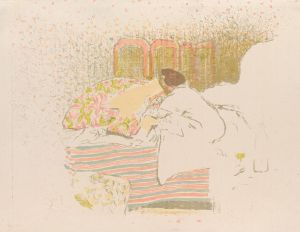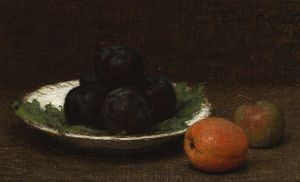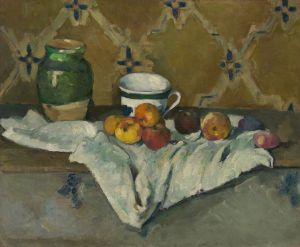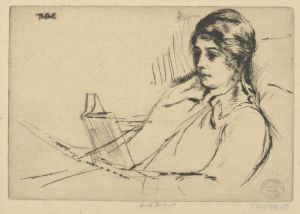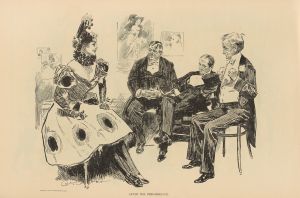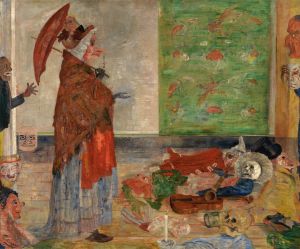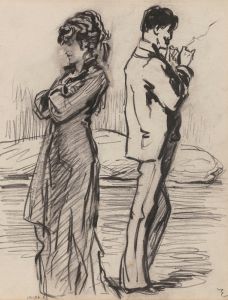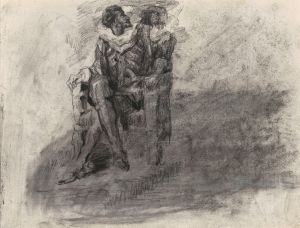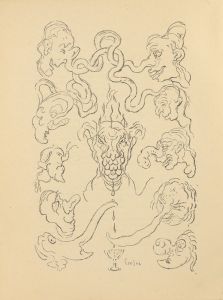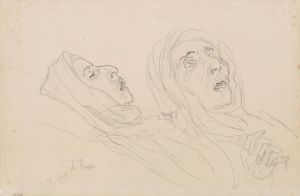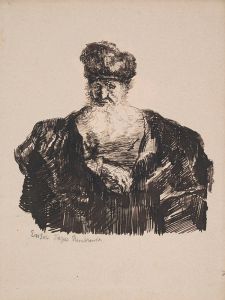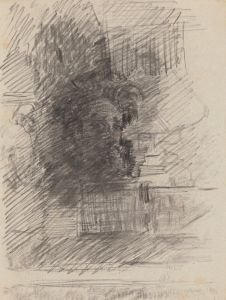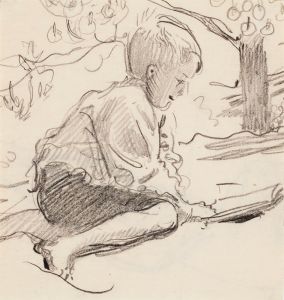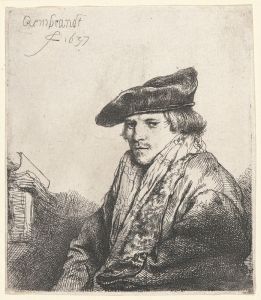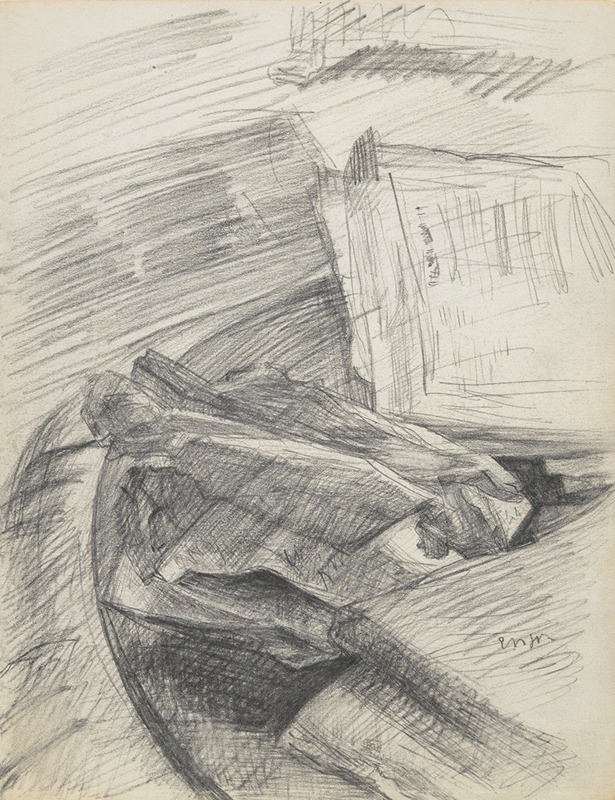
Papers and Books Arranged on a Table
A hand-painted replica of James Ensor’s masterpiece Papers and Books Arranged on a Table, meticulously crafted by professional artists to capture the true essence of the original. Each piece is created with museum-quality canvas and rare mineral pigments, carefully painted by experienced artists with delicate brushstrokes and rich, layered colors to perfectly recreate the texture of the original artwork. Unlike machine-printed reproductions, this hand-painted version brings the painting to life, infused with the artist’s emotions and skill in every stroke. Whether for personal collection or home decoration, it instantly elevates the artistic atmosphere of any space.
James Ensor, a prominent Belgian painter and printmaker, is known for his unique and often avant-garde approach to art. One of his lesser-known works, "Papers and Books Arranged on a Table," reflects his interest in still life and the exploration of everyday objects. While Ensor is primarily celebrated for his more fantastical and satirical pieces, this particular painting offers insight into his versatility and attention to detail.
Ensor was born in 1860 in Ostend, Belgium, and spent most of his life there. His early exposure to the eclectic mix of objects in his family's curiosity shop influenced his artistic development. Ensor's work often includes elements of the grotesque and the bizarre, but "Papers and Books Arranged on a Table" is a more subdued composition, focusing on the arrangement of inanimate objects.
The painting depicts a table covered with various papers and books, meticulously arranged to create a sense of order and structure. Ensor's use of light and shadow in this piece highlights his technical skill and ability to convey texture and depth. The objects on the table are rendered with precision, showcasing Ensor's keen observational skills and his capacity to find beauty in the mundane.
This work is part of Ensor's broader exploration of still life, a genre that allows artists to experiment with composition, form, and color without the constraints of narrative or human subjects. In "Papers and Books Arranged on a Table," Ensor demonstrates his mastery of these elements, using them to create a harmonious and balanced composition.
Ensor's choice of subject matter in this painting may reflect his personal interests and intellectual pursuits. Books and papers are often associated with knowledge and learning, suggesting that Ensor valued these concepts. The careful arrangement of the objects could also imply a sense of introspection or contemplation, themes that are present in many of Ensor's works.
Throughout his career, Ensor was associated with the avant-garde movement in Belgium, and he was a member of the influential group Les XX (The Twenty), which included other notable artists such as Théo van Rysselberghe and Fernand Khnopff. While "Papers and Books Arranged on a Table" may not be as widely recognized as some of Ensor's more provocative works, it nonetheless contributes to his reputation as a versatile and innovative artist.
Ensor's legacy is marked by his ability to transcend traditional artistic boundaries and explore a wide range of themes and styles. "Papers and Books Arranged on a Table" is a testament to his skill as a painter and his interest in the everyday objects that populate our lives. Through this work, Ensor invites viewers to appreciate the beauty and complexity of the ordinary, encouraging a deeper reflection on the world around us.





